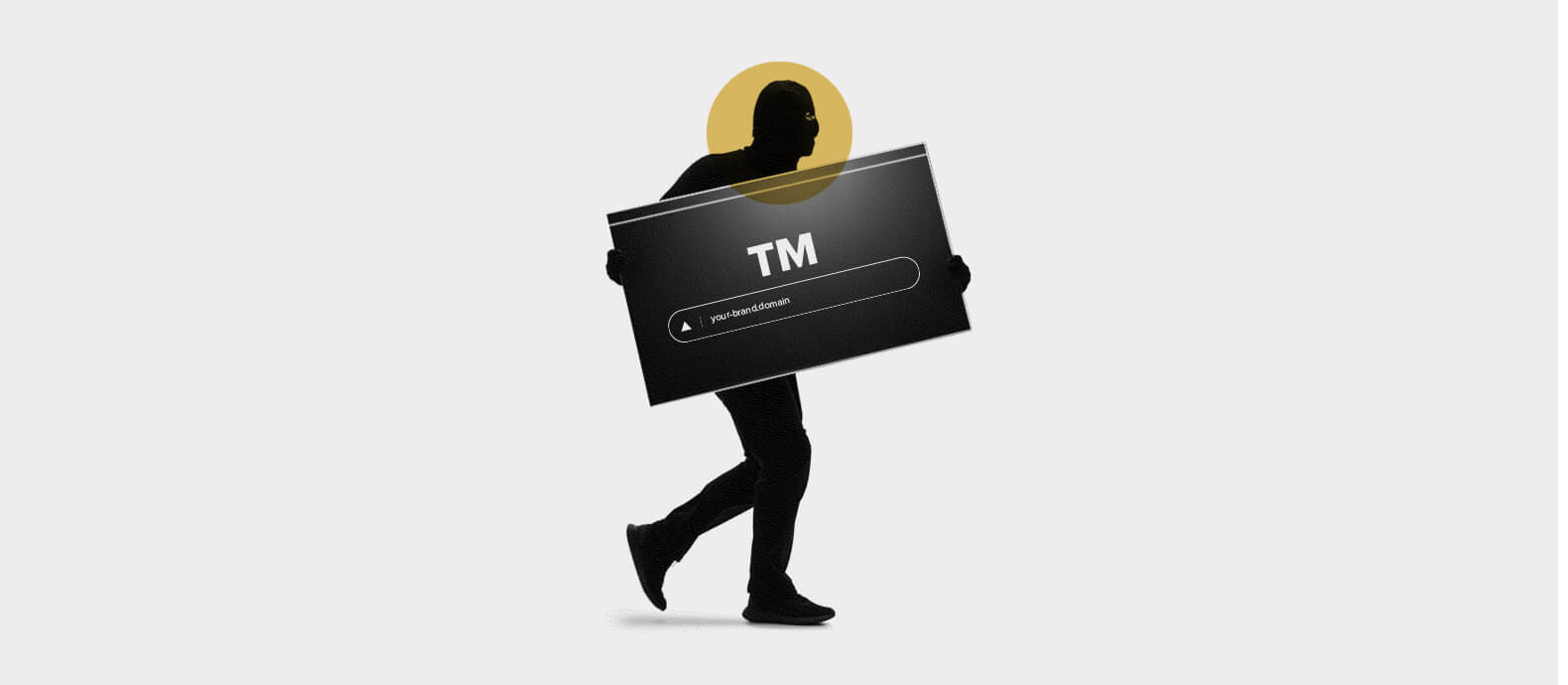Did you know that even if you have built a robust IP portfolio, it might still not be enough to protect your brand from trademark theft? The trut is, even if you have registered all of your trademarks, there is no guarantee that they can’t be stolen.
In this article, we will take a look at how trademark theft happens and show you how you can decide on the best possible enforcement and protection strategy.
How does trademark theft happen
Let’s start off by defining trademark theft to make clear what we are talking about before we engage in prominent examples.
What is trademark theft?
Trademark theft is the unauthorized use of trademarks (e.g. names, slogans, words, phrases, symbols) on goods and/or services in a way that is likely to cause confusion, deception, or mistake about the source of the goods and/or services.
Trademarks arent globally valid and therefore need to be registered in each country. So if you don’t claim the trademark for your brand, someone else might do, even if your brand is well-known.
Can someone steal a trademark?
There are numerous examples of trademark theft in recent history. As we will see, incidents happen often because infringers impudently exploit the shallows of international trademark law.
A prominent case pointed out by Bloomberg Businessweek shows how an Italian company hijacked the name and logo of the New York streetwear brand Supreme. The Italian company filed trademarks in several countries where the original brand hadn’t yet secured its registration. Over years the fake brand opened shops around the globe, made millions of euros in revenue, fooled Samsung Electronics Co. to be the real brand for a partnership deal, and even started selling t-shirts that celebrated the legal dispute with the real brand. This year the owner of the fake Italian brand was sentenced to eight years in prison.
Two other large-scale trademark theft examples were published in an article by intellectual property firm Law Office of Jeff Williams PLLC:
In 2012, Turner Barr started writing about his experiences as a traveler living of jobs that he got during his travels and giving tips to other people who wanted to do the same. His blog “Around the World in 80 Jobs” got very popular, however, he failed to protect his IP. A big corporation named Adecco USA copied his blog title for a similar campaign they launched and got the trademark rights because they registered it.
In another prominent case, the brands Gucci and Guess disputed an alleged trademark theft by Guess in court. Gucci accused Guess that the brand illegally used its trademarks. However, Guess might have used the same color schemes before, Gucci won because it filed the trademark earlier.
How to take down a trademark theft
As a trademark owner, you can stop others from using your identifying brand features or even those that are confusingly similar to yours. Consider carefully which goals you want to achieve before choosing an enforcement strategy.
Cease-and-Desist Letter
If you notice that someone is using your trademark without authorization, a good way to start is by sending a cease-and-desist letter. The document, also referred to as a demand letter or stop harassment letter, is sent to a business or individual with the intent to stop the trademark theft timely, usually within 5 days.
Sometimes, trademark disputes can be solved quickly and easily with the letter, as some alleged infringers don’t know that a trademark already had been registered. However, in many cases, it is a matter of knowingly stealing a trademark and you should notify them that you will take legal action if they don’t stop. In case of no respondence, the letter can be used as evidence in a lawsuit, showing that you tried to settle the issue personally before going through litigation.
Can you sue if someone uses your trademark?
If your cease-and-desist letter is ignored, you might feel like you’re forced to file a lawsuit. There are three main factors you should know about before you sue.
Courts will inquire if there is a likelihood of confusion for consumers between your trademark and the potential illegal used trademark. This is because trademark law is designed to protect consumers and courts want to secure that consumers can easily identify the source of the goods and services that they are purchasing.
Besides proving that the trademark theft has misled customers, you also have to convince the court that it tarnished the reputation of your brand. In that sense, courts will consider if your brand is famous, distinctive, and recognizable.
Lastly, keep in mind that under trademark law you have to be actively using your trademark to be entitled to claim that someone else stole your trademark.
Digital trademark protection service
Going through litigation can be effective but if you want to protect your brand reputation and prevent revenue losses immediately, a legal process is probably not the best option. Keep in mind that litigation is lengthy and expensive.
Modern technology-based solutions are efficient, fast and pursue a comprehensive approach. Trademark watch software usually takes down an online infringement within seven days and enforces your trademark automatically after detection and validation. Brand protection companies can manage your trademark rights online and create automation rules that make the process easier and more effective.
Trademark Protection: How Red Points can help you
Brand owners who want to tackle trademark theft don’t necessarily need to go the long and costly way of a legal process. Managing trademark theft cases individually can be tiring and inefficient as infringers often repeat their actions. Brand protection software can help you streamline the process and detect potential infringements at scale.
Red Points protects your brand by automatically finding and removing trademark infringements with online trademark monitoring tools. Algorithms that constantly improve through artificial intelligence can find new listings and validate trademark violations at scale.
Get in touch with us to learn more about how we can help you.






